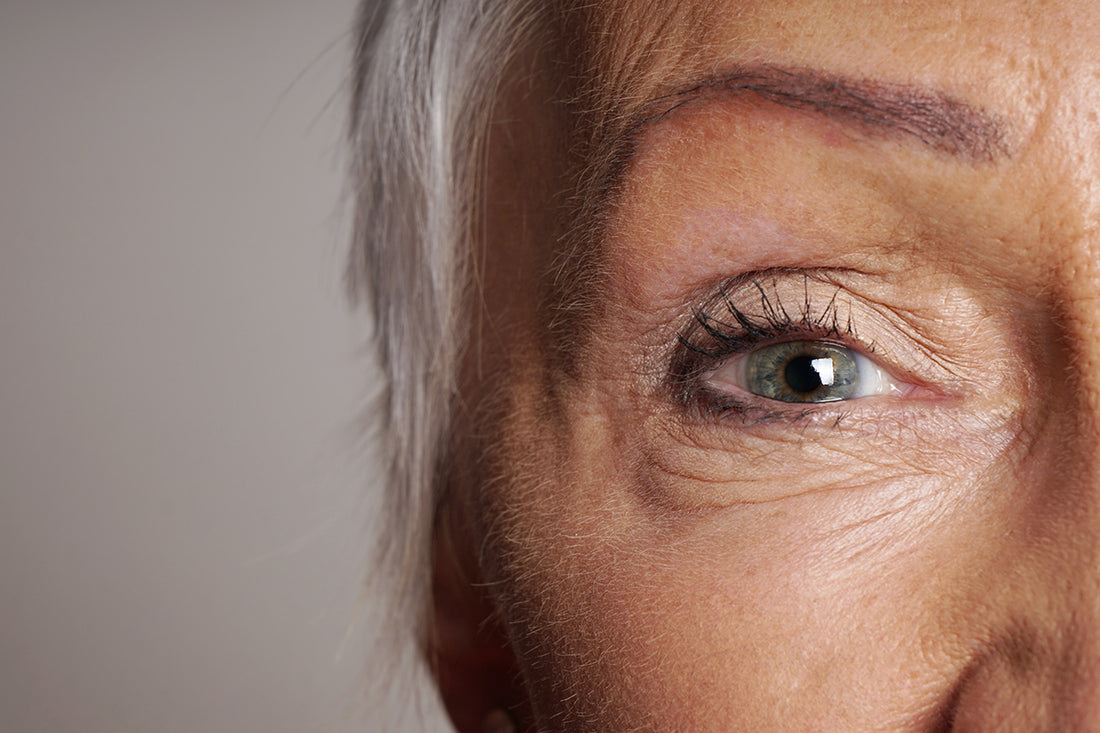Contact lenses have long been seen as a practical alternative to glasses, providing an effective solution for vision correction. However, the advent of colored contact lenses transformed this functional tool into a charismatic fashion accessory, opening up avenues for self-expression like never before.
Beginnings
The journey of colored contact lenses, surprisingly, dates back to the late 19th century. The first concept of a contact lens was introduced by Leonardo da Vinci around 1508, although the idea remained theoretical until the 19th century. The term "Contact Lens" was coined by the German ophthalmologist, Adolf Fick, who in 1887, created the first successful contact lens made from a heavy blown glass to correct vision.
While these early lenses were a vision breakthrough, it wasn't until 1936 when William Feinbloom, an optometrist in New York, introduced a lens made from a combination of glass and plastic that we began to see a semblance to modern lenses.
The Birth of Colored Contact Lenses
The 1950s saw another significant advancement with the birth of colored contact lenses, pioneered by Kevin Tuohy. However, these were not initially made for fashion; they had an enchanting blue hue because of the plastics used. It was only until the late 1960s, with the advent of soft contact lenses, that colored lenses began to be seen as possible fashion accessories.
Commercial Success
The 1980s witnessed a watershed moment in the evolution of colored contact lenses. Companies realized the potential of these lenses as a lucrative commodity to transform one’s appearance. The Concord-distributed by Wesley Jessen, a specialty contact lens company, was one of the first lenses explicitly marketed to change the wearer's eye color.
As manufacturing processes improved, so did the intricate designs and multitude of shades offered. Those originally limited to blue, green, and brown soon expanded to include honey, gray, and even more exotic colors like violet. This period portrayed colored contacts as stylish additions to everyday fashion, sparking their mainstream popularity.
Special Effect Lenses
By the late 20th and early 21st century, colored contact lenses further evolved to pave the way for special effects lenses, contributing immensely to film, theater, and cosplay. These lenses, often known as costume or theatrical lenses, allowed artists to transform actors into various characters, impacting the way stories are told.
Present Day
Today, colored contact lenses have firmly embedded themselves within precision optics and the fashion industry, popular among celebrities and the general populace alike. Ranging from lenses that enhance natural eye color to ones that completely transform them, the variety is staggering. Riddled with innovative elements like 3D designs and UV protection, modern colored contact lenses are a testament to the effective fusion of science and aesthetics.
The Future
With the continued advancement in technology, we can expect the evolution of colored contact lenses to continue. Smart contact lenses with the ability to measure glucose levels or incorporate augmented reality are just some examples of what the future might hold. Amidst it all, colored lenses will continue to provide a dynamic canvas for personal expression and an enabler for fashion-forward statements.
From their humble beginnings as vision correction tools to their present status as fan-favorite fashion accessories, colored contact lenses have indeed come a long way. As we appreciate this evolutionary journey, we can't help but look forward to the colorful future that awaits in the world of contact lenses.

